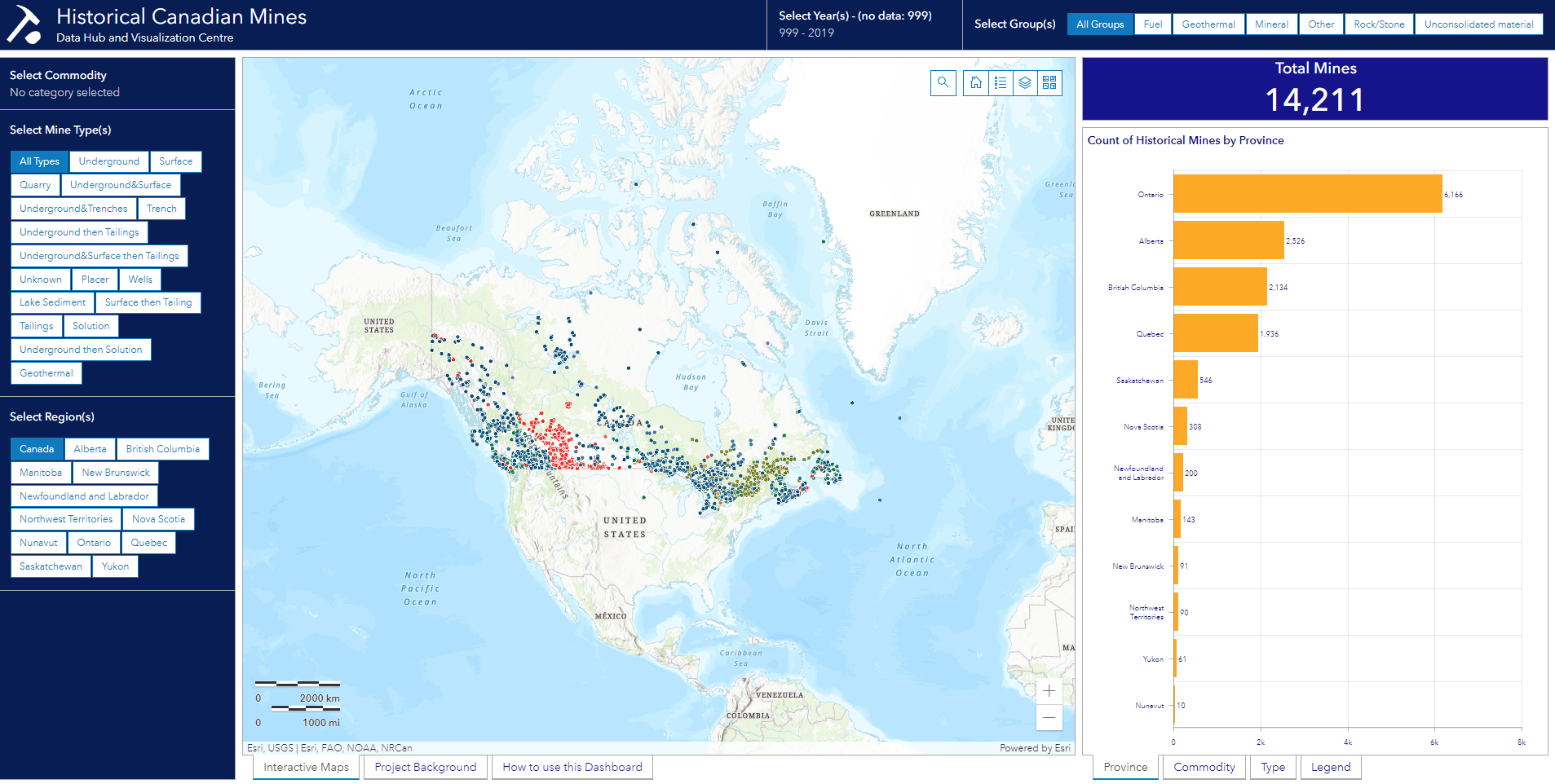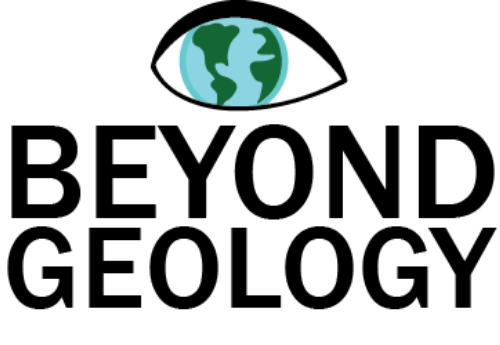Many of the geological students in my “Drill/Blast/Excavate” will work in mining, or as consultants to the mining industry. Even me, a geological engineering graduate of 1990, held the position of “mining engineer” for 6 years of my career. Our training is unique as the subject matter we learn in our undergraduate classes overlaps with mining, but our degrees are not fully representative of the training received in a typical mining engineering program. I challenged myself with teaching my students to find the “truth” about excavating holes in mines in Canada. Now I am about to similarly challenge the entire mining industry to write on Canada’s mining operations.
I want my students to be confident at finding the information they will need to do their jobs in mining well. I require the students to do a literature review where they select a particular mine in Canada and summarize their findings in both a written report and a presentation to the class. I have been doing this since 2014 and it is a highlight of the class. Each time I teach the class, I ask the students if I should continue assigning this project, and they always say to keep it in the class. I enjoy the presentations as there are many questions from the class and I always learn so much about the featured mines.
When I first developed the course in 2014, I thought I was a terrible researcher because I was having so much trouble finding engineering information on Canadian mines. I enlisted the help of a University of Saskatchewan librarian to help teach the students (and me) better research techniques. Then we co-wrote about the experience in an open access journal, along with one of my students, in a paper entitled “Breaking Ground: Improving Undergraduate Projects through Flipped Teaching of Literature Search Techniques". I improved my research skills but learned that my lack of information was not for lack of trying, but that mining engineers in industry rarely publish materials on their operations in the country.
In 2016, with the help of a colleague in Ontario and another USask librarian, we created a list of topics that describe mining operations and this led to an article in the CIM Magazine entitled “Mining for Information”. This latter was for readers of the Canadian Institute of Mining, Metallurgy and Petroleum and it was to encourage members of the industry to start publishing about their mines. Here we are 6 years later, and the students are still finding the same gaps. Geologists write extensively but engineers evidently do not.
 So here we are in 2022 and now I am about to release a tool that will highlight to industry and all of Canada that so much technical information about mines is missing. The Canadian Mines Database that I have been working on since about 2017 is about to enter the public domain. Now I am pondering about asking my students to not only write for me, but also with the intention of including their write-ups in the database. With their reports attached as pdf’s, their individual projects become a contribution to a larger work, where they educate the public and mining industry members about our Canadian mines.
So here we are in 2022 and now I am about to release a tool that will highlight to industry and all of Canada that so much technical information about mines is missing. The Canadian Mines Database that I have been working on since about 2017 is about to enter the public domain. Now I am pondering about asking my students to not only write for me, but also with the intention of including their write-ups in the database. With their reports attached as pdf’s, their individual projects become a contribution to a larger work, where they educate the public and mining industry members about our Canadian mines.
The reports attribute the sources of the information, and these open access “publications” would highlight the professionalism of my students. It can be a bullet on their resumes. And hopefully, after doing this once, they will do it again for the operations that they will work at in their future. We need the entire mining community to describe the mines because the database currently has over 14,000 mines and quarries identified. This open resource is being created to celebrate the impact of the mining community to the development of Canada. I thank my colleagues and students for their help in bringing me this far on my journey, and look forward to an expanding nation-wide team to help telling the stories of the holes we have dug to recover valuable minerals and rock.

